Welcome to my Hometown! - Mardin, Turkey - by Ali Çelik
There is a picturesque place in sunny Turkey, which is an important historical center of the country, connecting cultures. Read the article by Ali Çelik to find out more about Mardin - a city with a unique historical heritage!
Hi there! 👋 My name is Ali Çelik, and I am an Erasmus student from Turkey. Let me introduce my hometown to you!
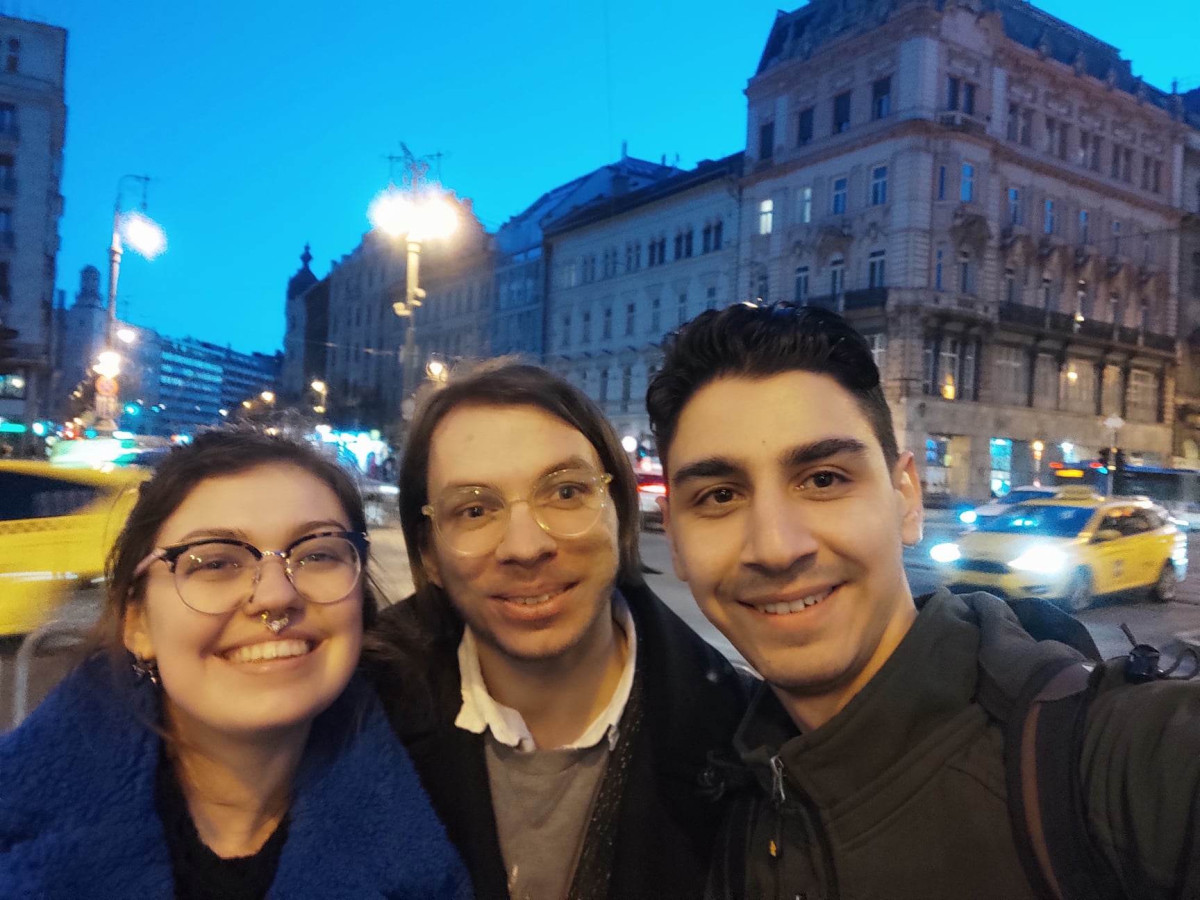
Mardin is a city in Turkey that lies on the southern slopes of a broad highland. It rises to an elevation of 1,052 meters and overlooks extensive limestone plateaus. The locality receives more rainfall than the lower plains and has hot summers and cold winters. A ruined Roman citadel was rebuilt in medieval times. Before Mardin, it had such names as Erdobe, Tidu, Merdin, Merdö, Merdi, Merda, and, Merde. Mardin was taken by the Seljuq Turks in the late 11th century and was incorporated into the Ottoman Empire by Sultan Selim I in 1516.
Mardin is an important regional trade center on the east-west trade routes of southern Anatolia. It is connected by a branch line with the rail line between Istanbul and Baghdad and is linked by road with Gaziantep (west), Aleppo (southwest, in Syria), Nusaybin (southeast), and Diyarbakır (northeast). Mardin province bordered to the south by Syria, is an agricultural area mainly producing wheat, barley, and sesame. Mardin has a lot of ethnicities so we can see not only mosques but also monasteries, churches, and more. In addition to Turks, the province has a large population of Arabs and Kurds. Area province, 12,879 square km. the population of the city is 870.374.
Tourist Attractions
Zinciriye Madrasa: Also known as Sultan Isa Madrasa, it is one of the most beautiful historical sights in the old part of Mardin. It was build in 1385 Melik Necmeddin Isa bin Muzaffer Davud bin El Melik Salih. He was the last Sultan from the Artuqid dynasty ruling in Mardin. The basic principles of the original Mardin architectural style were formed in the time of the Artuqids.
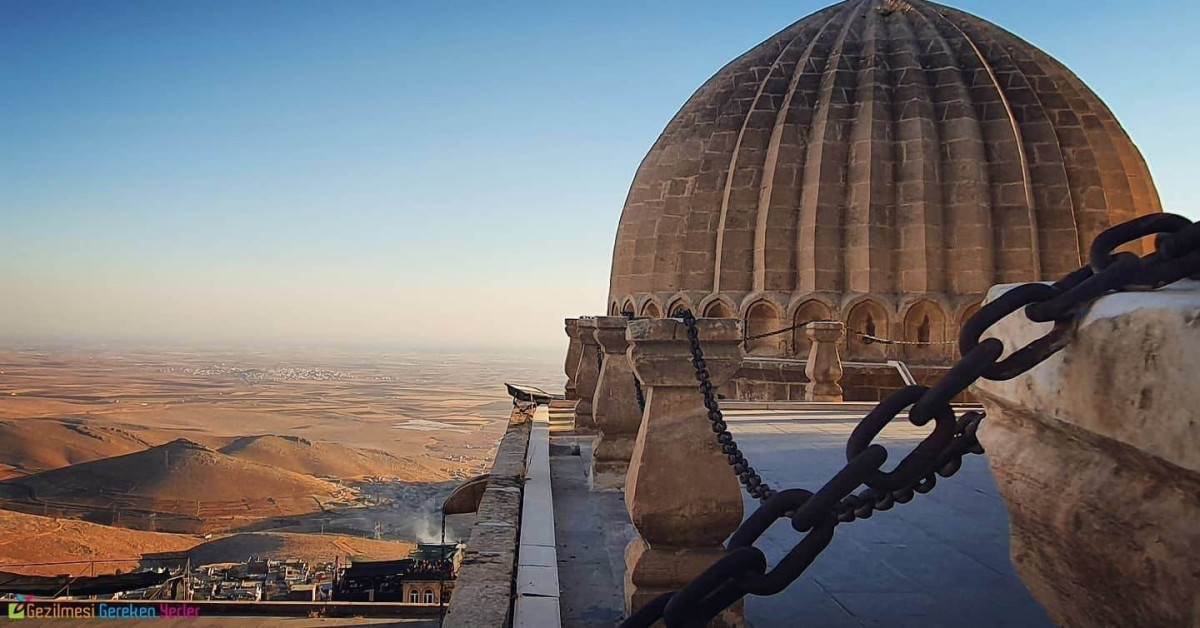
Forty Martyrs Church: This church dates back to the 4th century, and was renamed in the 15th century to commemorate Cappadocian martyrs, now remembered in the fine carvings above the entrance. The compact church interior is home to some beautiful paintings and there's a tranquil inner courtyard.
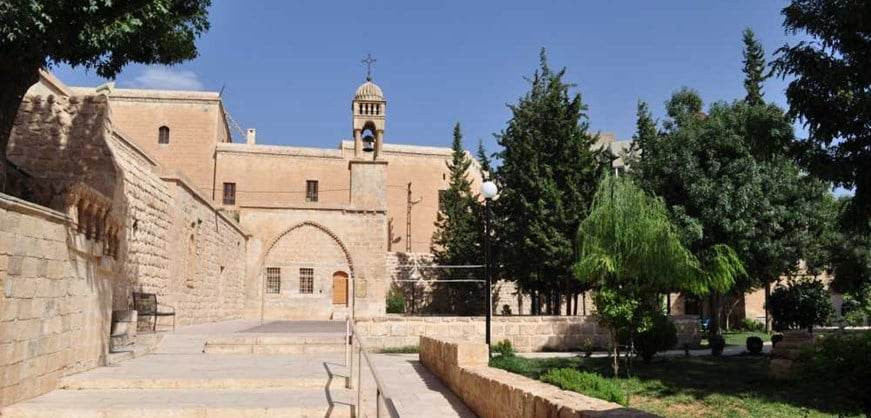
Mardin Mosque: The mosque is located in the historic core of Mardin. It has numerous inscriptive plaques from the Seljuk, Artuqid, Aq Qoyunlu, and Ottoman periods, showing that the mosque was probably founded in the eleventh century by the Seljuks and developed to its current state under Artuqid rule during the last quarter of the 12th century.
Mor Hananyo Monastery: This monastery is called in Turkish Deyrüzzaferân Manastırı. It is an important Syriac Orthodox monastery located three kilometers southeast of Mardin, Turkey, in the Syriac cultural region known as Tur Abdin. This monastery was a temple dedicated to the Mesopotamian sun god Shamash, which was then converted into a citadel by the Romans. After the Romans withdrew from the fortress, Mor Shlemon transformed it into a monastery in 493 AD.
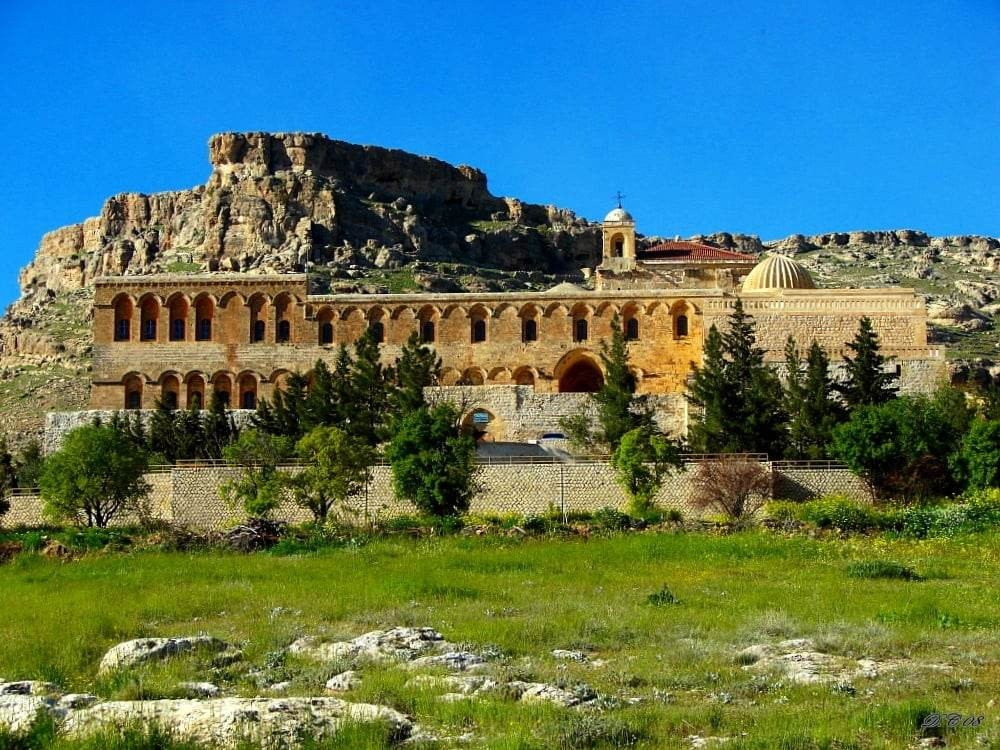
Traditional Food
Mardin-style kebab: Kebab is a dish of pieces of meat, fish, or vegetables roasted or grilled on a skewer or spit
Sembusek: It is made of thinly rolled dough, covered with a mixture containing meat, and then covered with the same dough, folding over, and baking it in the oven.
Kibbe: It is based on spiced ground meat, onions, and grain.
Irok: Mardin style-stuffed meatballs.
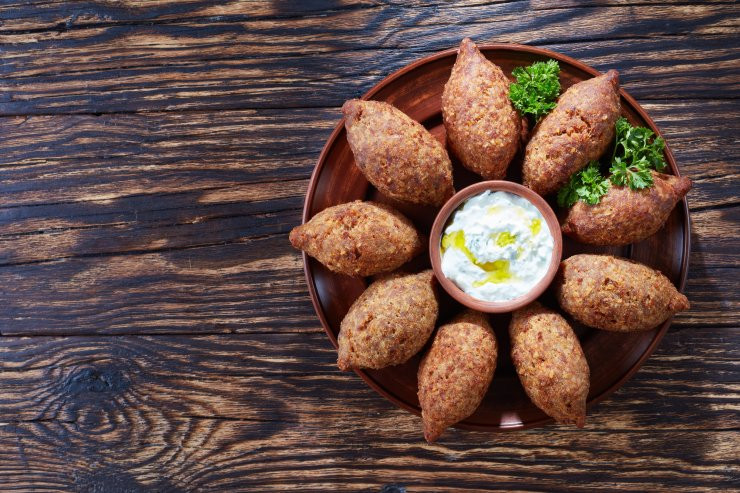
Don't hesitate to visit Mardin and experience all of it yourself! 😊📸